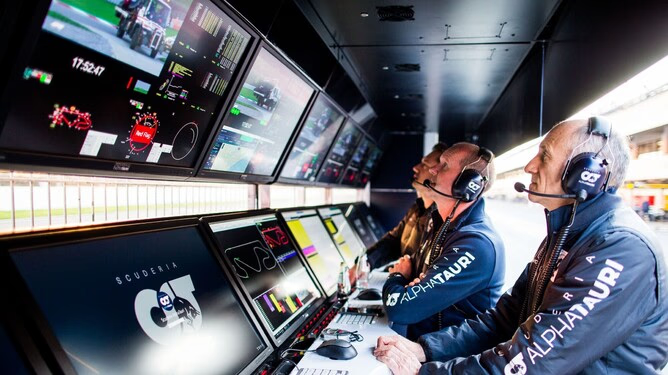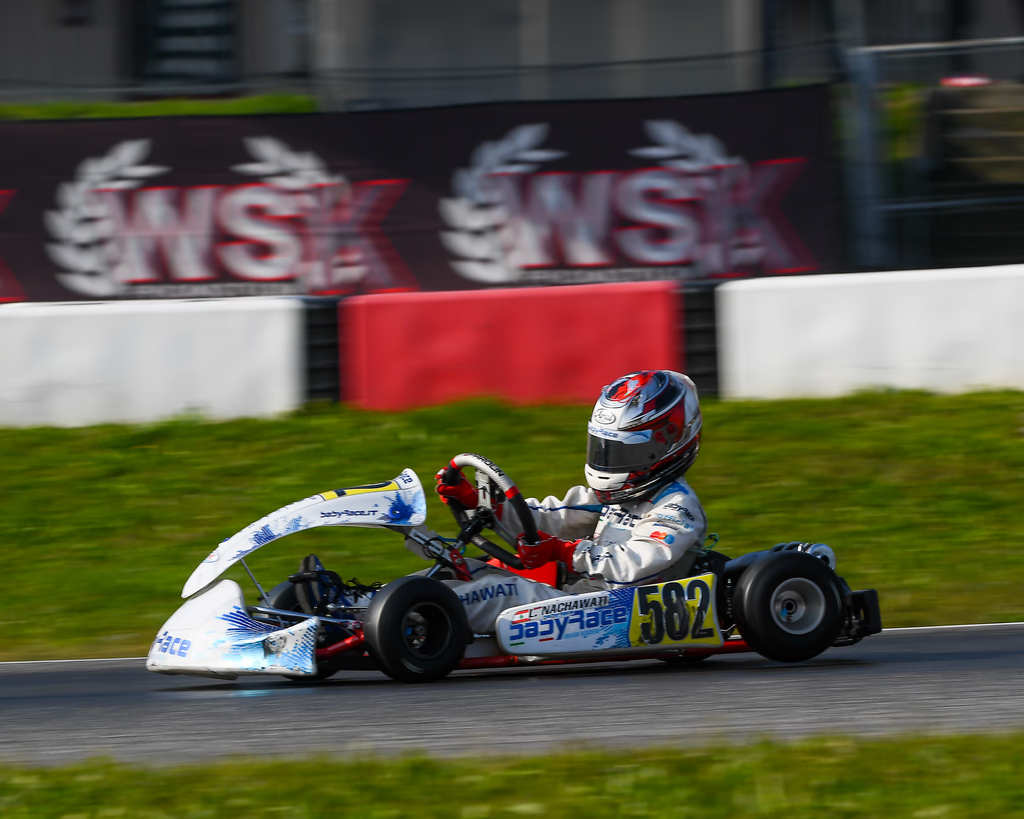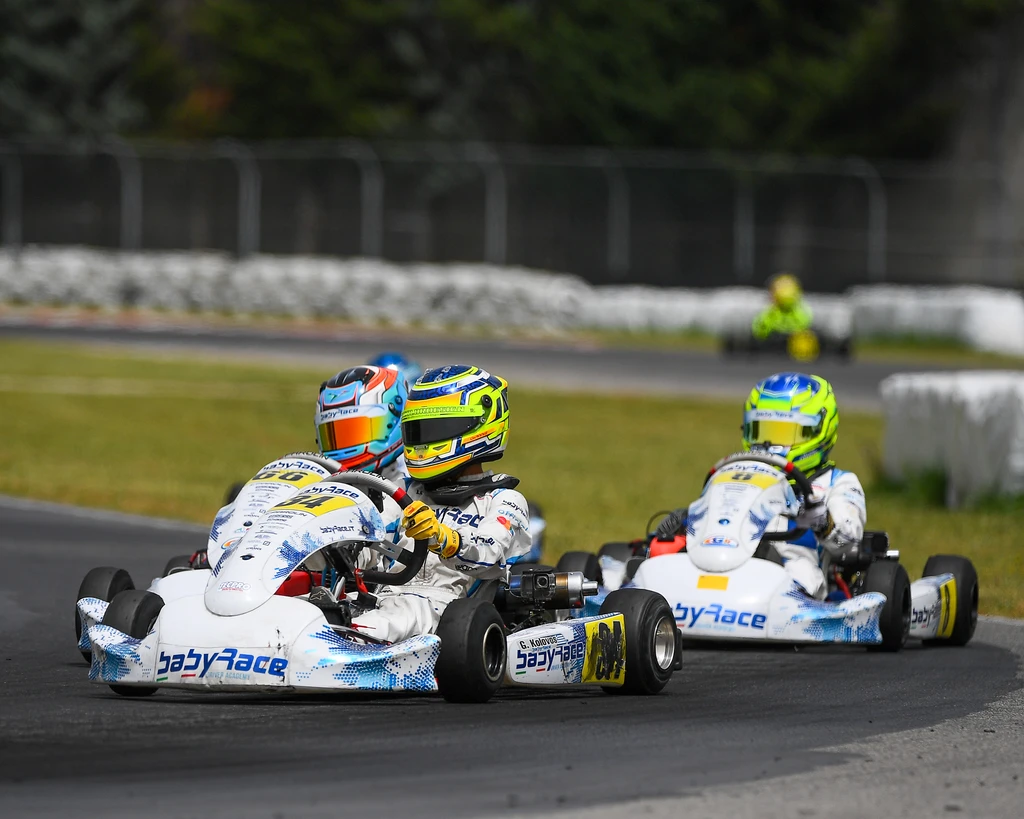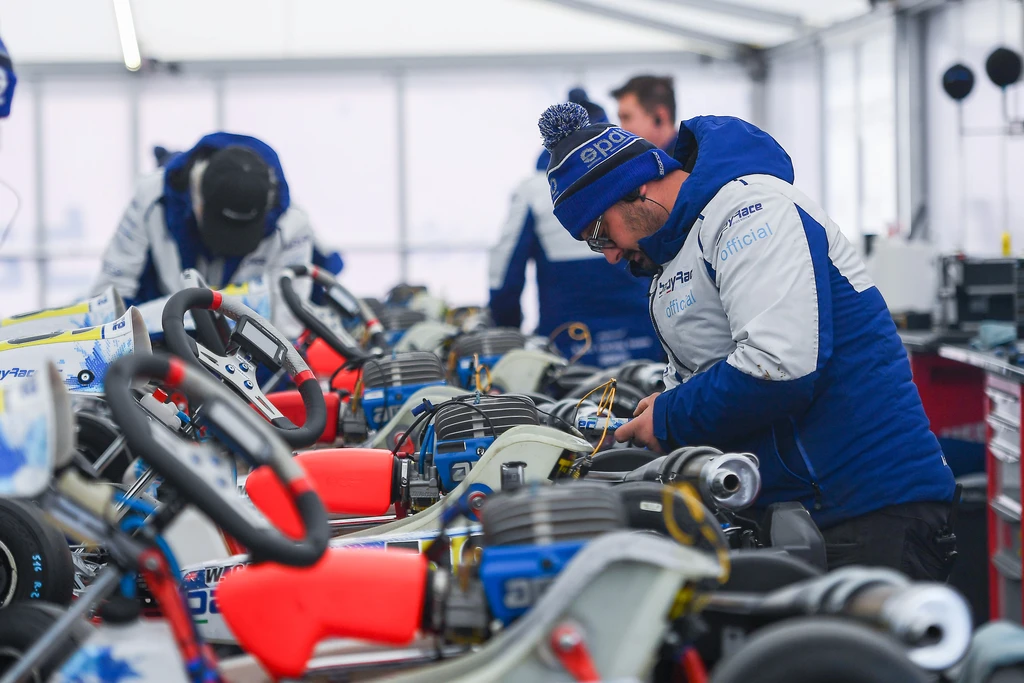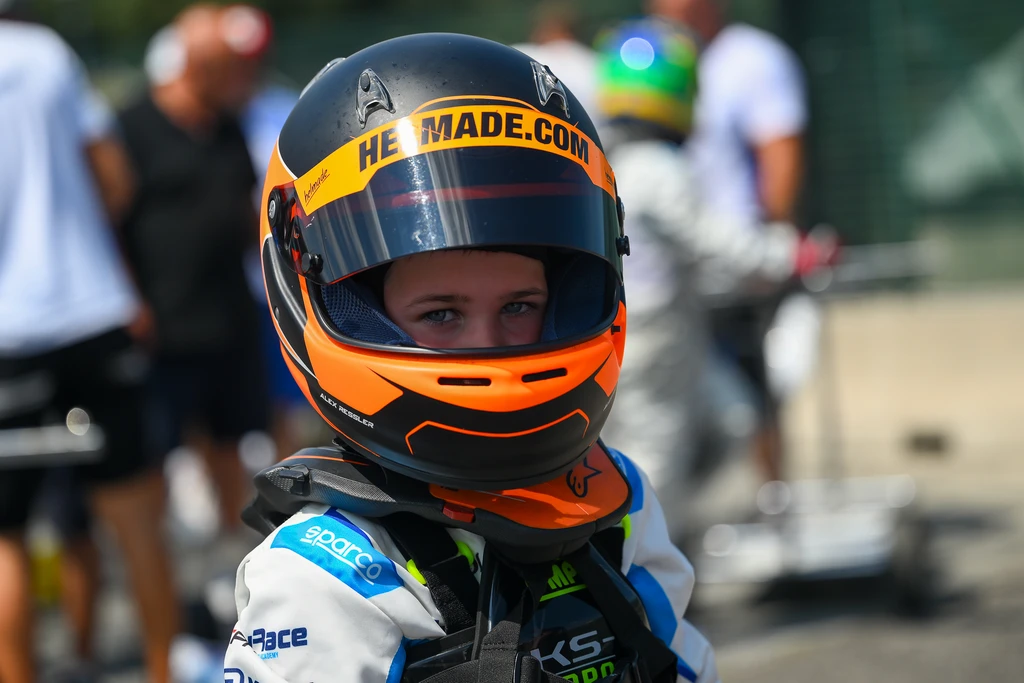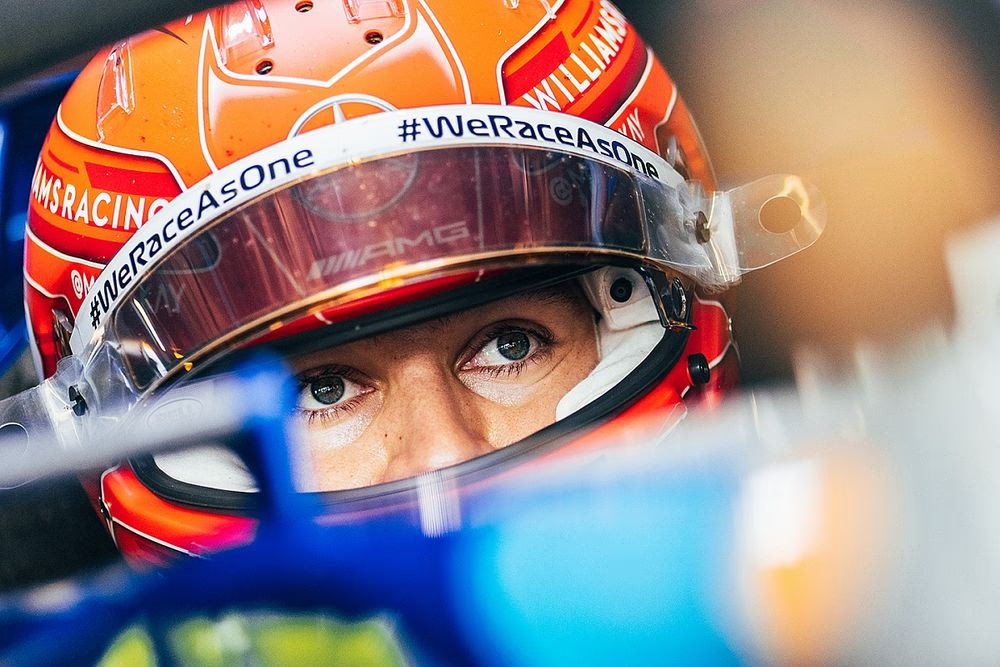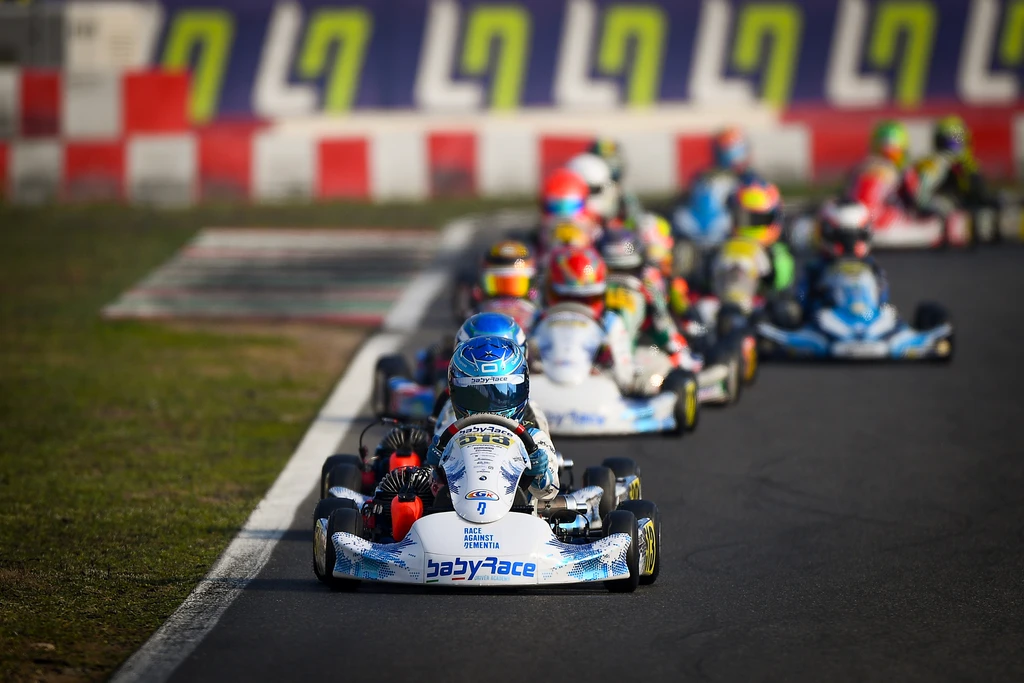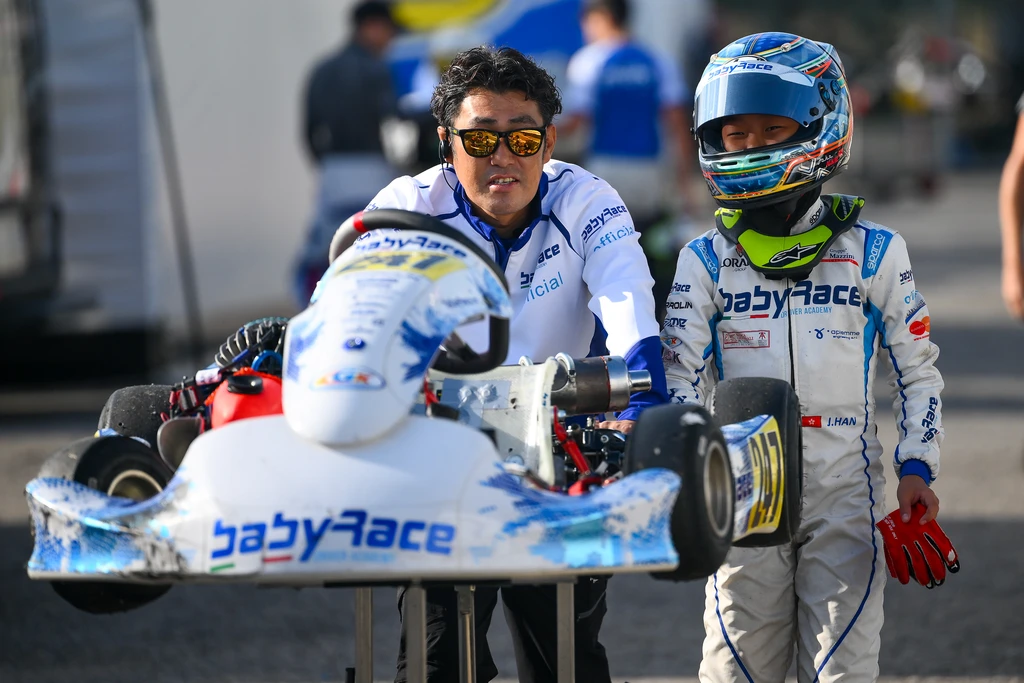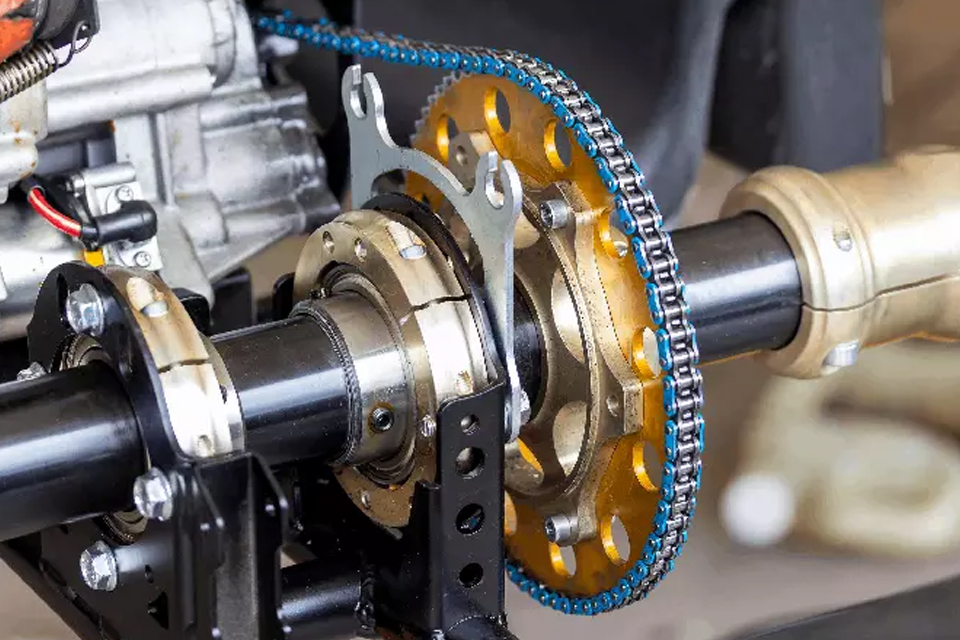
Let me paint the picture.
The track is getting faster. Grip is going up. Lap times are dropping. Your mechanic looks at you and says, “Let’s go one sprocket down.”
Sounds simple, right? One tooth difference. But the truth is, that little change can completely shift how your engine pulls, how your kart reacts, and how you need to drive.
I’ve lived this a hundred times in WSK races myself and even with kids in Mini nowadays.
Going one sprocket longer isn’t just about “more top speed.” It’s about how you manage your RPM, your corner exits, and your smoothness behind the wheel.
So let’s break it down.
What Happens When You Go One Sprocket Down
When you go one sprocket down, you’re essentially stretching the gear ratio.
- RPMs shift lower. Every number you see on your data trace moves down by about 200 RPM on average. If your minimum at Lonato’s last hairpin was 7400, now it’s around 7200.
- Less pull on exit. The kart feels a little “lazy” when you accelerate out of slow corners. It’s not carburetion, it’s just the gear ratio. You have less bottom.
- More strength in the mid-to-top range. Once you’re rolling, the kart feels freer, especially if you’re hitting the limiter often. That limiter gets postponed, which is why this is so common in Mini, Junior, and Senior limiter engines.
Bottom line: you sacrifice a little bottom-end for more mid-to-top.
Do You Need to Change Your Driving Style?
Here’s the mistake most drivers make. They hear “longer gear” and suddenly they change everything — brake earlier, roll more speed, go on the gas too soon.
That’s wrong.
When you drive like that, you actually lose twice: once on the entry because you braked too early, and again on the exit because the kart never really carried speed.
My advice? Don’t overreact.
- Stay smooth.
- Prioritize mid-corner speed.
- Maybe get on the gas a meter earlier in certain corners, but don’t turn your whole lap upside down.
The sprocket is an adjustment. Not an excuse to ruin your driving lines.
When Should You Go One Sprocket Down?
You don’t just throw on a longer gear for fun. It makes sense only in specific conditions:
- Track grip is going up. New tires, rubbered-in track, faster laps. Perfect moment to go longer.
- You’re spending too long on the limiter. If the data shows you’re sitting there for 60 meters on the straight, time to stretch it out.
- You want to train smoothness. For kids or developing drivers, running too long on purpose punishes mistakes. If you miss the apex, scrub speed, or get on the gas late, the kart makes you feel it twice. It’s one of my favorite coaching tricks.
But here’s when NOT to do it:
- Track is getting slippery.
- Tires are fading.
- Lap times are going up instead of down.
That’s when you need shorter gears, not longer.
A Quick Data Check
You don’t need to be an engineer to know if you’re in the right gear. Just look at two simple things on your telemetry:
- Minimum RPMs in mid-corner. Forget the spikes under braking — those don’t matter. Look at the lowest RPM after the apex. If you’re always 200 too low, maybe go shorter.
- Time spent on the limiter. Too much = go longer. Too little = go shorter.
Simple as that.
A Personal Anecdote
I remember one race weekend in WSK where we went one sprocket down after free practice. The kart suddenly felt dead out of the slow hairpins. For the first few laps, I thought something was wrong with the engine.
But then I adjusted.
I focused on being ultra-smooth mid-corner, carried that extra roll speed, and trusted the exit would come. And it did. The kart came alive on the straights, and by qualifying we were on top of the charts.
Lesson? Don’t panic. Trust the data. Trust the process.
Final Thoughts: Don’t Overthink It
Driving with one sprocket down isn’t magic. It won’t suddenly win you races. But it’s a tool — and if you use it right, it helps you get the most out of the track conditions.
- Monitor your RPMs.
- Don’t change your driving too much.
- Use it as a training trick when you want to force clean laps.
At the end of the day, gears are just part of the game. The real speed still comes from you, the driver.
So next time your mechanic throws on that longer sprocket, don’t stress. Stay calm, stay smooth, and make it work.
You can do it! 😉

